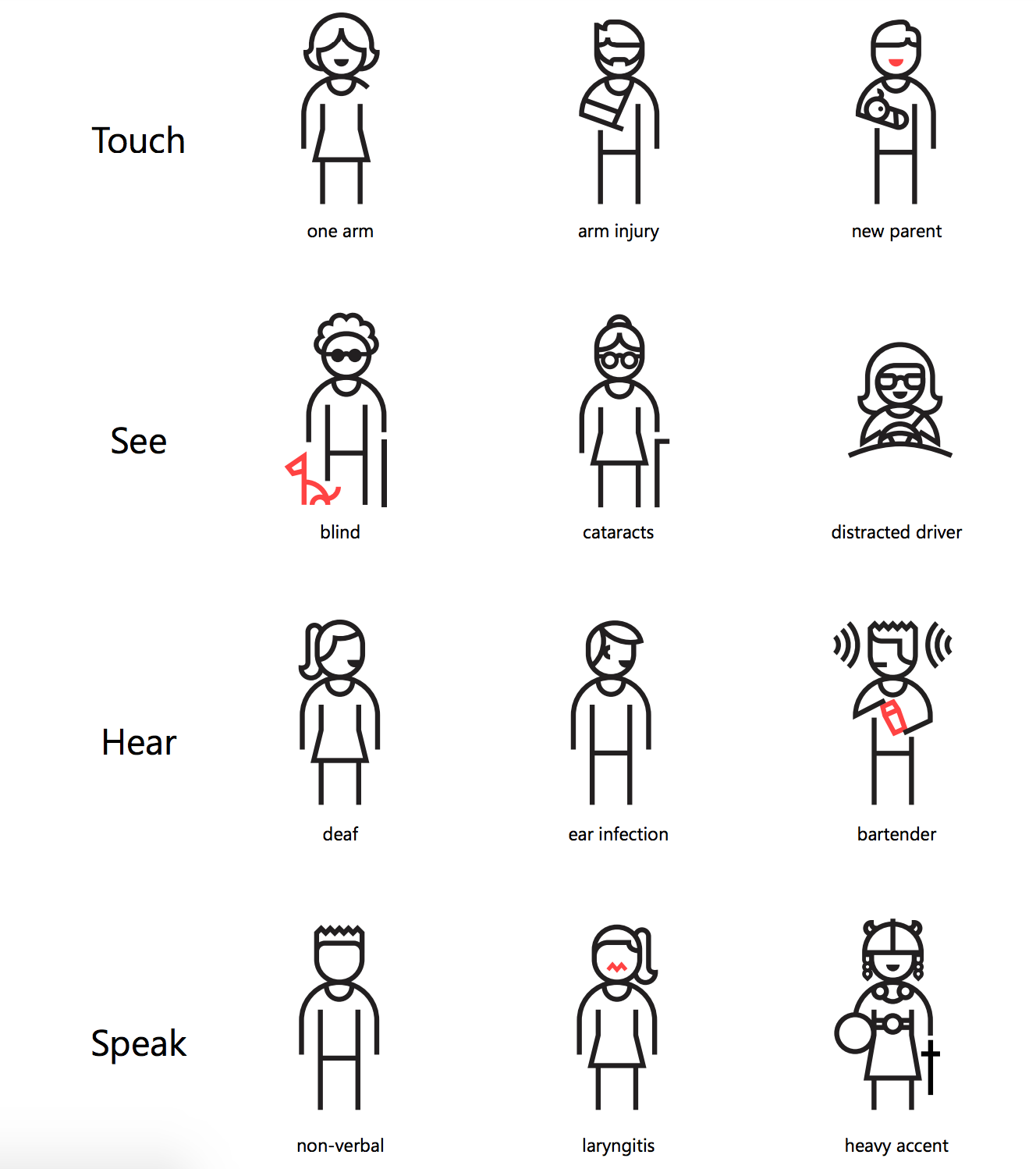Accessibility for designers & developers.
Hi! I’m Ally Palanzi.
Lead Engineer at Stitch Fix
allypalanzi.com/a11y-tech-rebalanced
Accessibility (a11y) refers to the design of products, devices, services, or environments for people who experience disabilities.
In 2001 the World Health Organization redefined disability as: “a mismatch in interaction between the features of a person’s body and the features of the environment in which they live.”
Our work can create or remove mismatches in interaction.
The impact of disability is radically changed on the Web because the Web removes barriers to communication and interaction that many people face in the physical world.
W3C AccessibilityBy designing with disabilities in mind, we create better products for everyone.
Disability affects all of us at some point.
- Permanent
- Temporary
- Situational
Ok, but why should we care?
a.k.a. what to tell your boss
It’s better for business
- Device independence
- Usability
- Design for older users
- SEO
Case studies show that accessible websites have better search results, reduced maintenance, and increased audience reach.
W3C Accessibility OverviewAccessibility supports social inclusion, allowing us to hire more diversely & reach a diverse audience.
Scary legal things!!
Many countries are recognizing and acting upon the need to ensure access to the web for people with disabilities.
Web AimA common approach throughout the world is for nations to adopt the Web Content Accessibility Guidelines.
USA 🇺🇸
Section 508 of the Rehabilitation Act means that all users, regardless of disability status, can access technology.
Australia 🇦🇺
World Wide Web Access: Disability Discrimination Act Advisory Notes requires equal access for people with a disability where it can reasonably be provided.
Europe 🇪🇺
EU Charter of Fundamental Rights Article 21 prohibits discrimination based on grounds of disability, among others.
...and more!
WebAIM World LawsAnd if this still doesn't convince your stakeholders...
Ask for forgiveness later
Accessible Design
Make sure there is enough contrast between text and its background color.
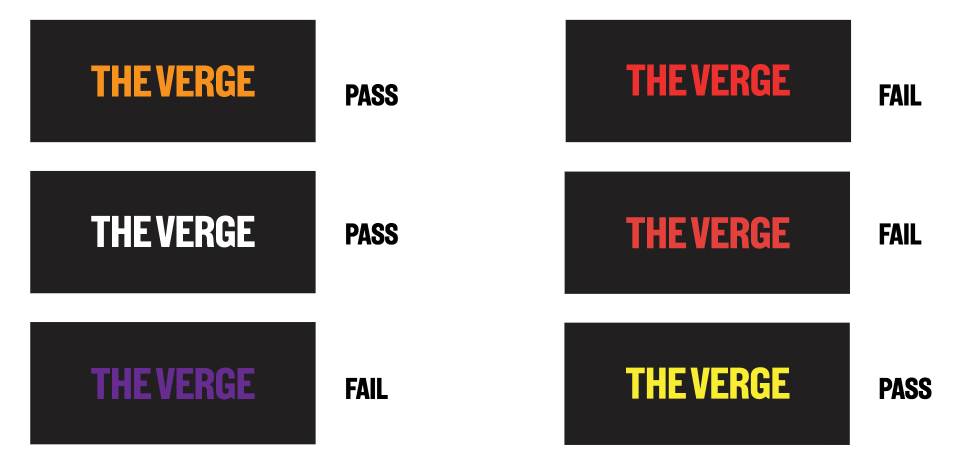
Don't indicate important information using color alone
Pair values of colors together (not only hues) to increase contrast


Design accessible forms
Fields should have labels that are always present, error messages should be clear
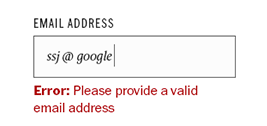

Make links descriptive
Descriptive links help users provide context for where the link will take them. Uses of click here and read more should be avoided in most situations. This is also helpful for SEO!
Accessible Markup
Use semantic HTML
- Limit div soup, strip unnecessary HTML elements
- Use headings
h1-h6for content structure - Avoid skipping headings in the same sections
- It’s okay to have multiple of the same heading on a page.
Use the correct HTML elements
<header>for headers<nav>for navigation<section>for grouping page sections together<article>for grouped content<aside>for supplemental sidebar information<cite>for citations<footer>for footers- ...and more!
HTML Landmarks
- These landmarks help define specific areas that a user might want to seek out and can save them a lot of time.
<header>for role="banner"<main>for role="main"<nav>for role="navigation"<footer>for role="contentinfo"<aside>for role="complementary"
HTML document should have a language attribute
<html lang="en">
Build accessible forms
- Always have labels, don’t rely on placeholder text
- Labels should not disappear on form focus
- Use fieldset and legend for larger forms like a checklist
- Always, always, always use semantic HTML form markup. Don't alter other elements to behave like forms
<label for="name">Name:</label>
<input id="name" type="text" name="name">
<fieldset>
<legend>Select your pizza toppings:</legend>
<input id="ham" type="checkbox" name="toppings" value="ham">
<label for="ham">Ham</label>
<input id="pepperoni" type="checkbox" name="toppings" value="pepperoni">
<label for="pepperoni">Pepperoni</label>
</fieldset>
Write good alt text for your images
// good
<img src="catomg.jpg" alt="cute fluffy cat">
//bad
<img src="catomg.jpg" alt="image of animal">
For decorative images
- Alt text should be blank (works in every browser)
- Role should be presentation (limited in some browsers)
<img src="border.png" alt="" role="presentation">
Focus States
- NEVER remove focus states from elements
- Design better ones or leave them as-is
- These should not be subtle – they should stand out so users can tell what item they are tabbing to
*:focus {
outline: none; //BAD!!!
}


Know when to use buttons vs. links
- Linking to something outside the page? Use an anchor tag
- Performing an action on the page? Use a button
Accessible Inline SVGs
SVGs are often used as icons on interactive elements in sites. The SVG should have a title or description, then you can use the aria-labelledby attribute to tell the screen reader what element to use to describe the SVG.
If an experience cannot be made accessible, create another route for assistive tech.
Maps, charts, graphs might be more accessible as HTML tables.
Allow viewport zooming
Support keyboard navigation
- Users should be able to tab through the entire page
- Don’t allow “keyboard traps”
Sites should have a Skip Navigation feature
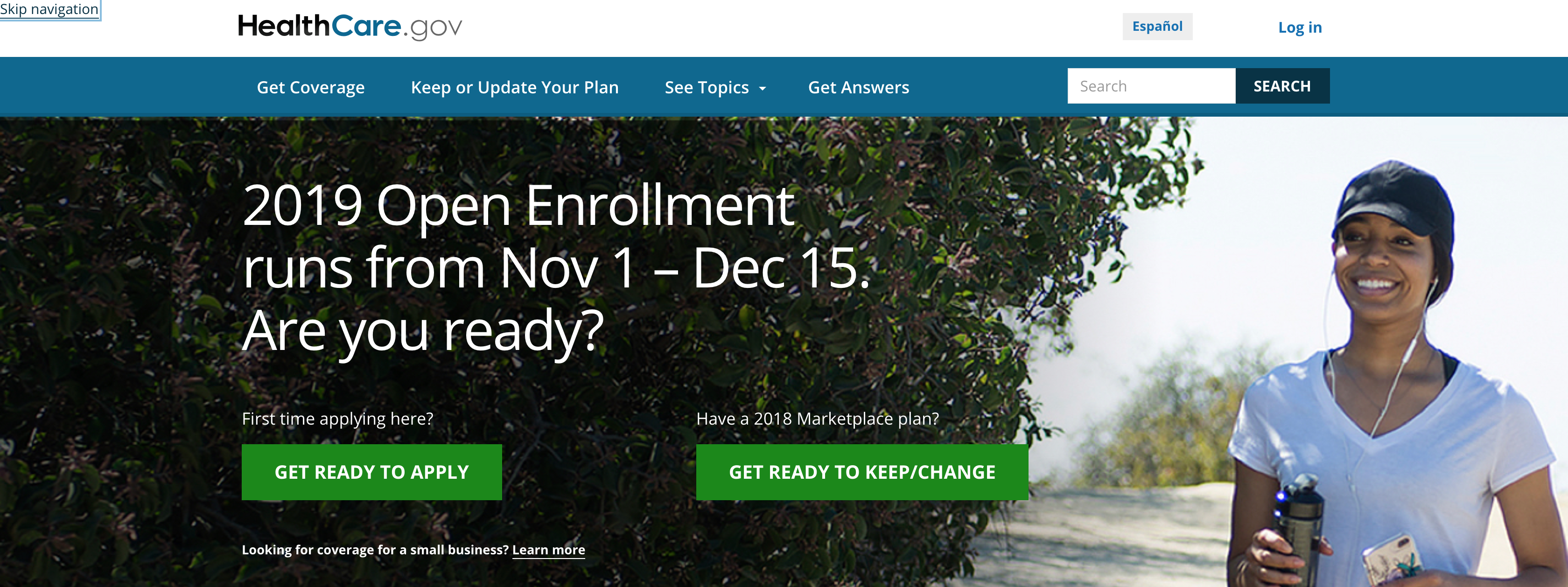
Accessible JavaScript
Single pages applications
- Notifying screen readers of display changes by programatically setting focus on elements
- Notify users of errors
Use semantic markup
- JavaScript applications are still the web, we can't forget the fundamentals and not use semantic HTML!
Modals 🙈
- Notify screenreaders of modals with focus
- Ensure escape key closes the modal
- Don't allow users to tab to anywhere else on the page besides what is displayed within the modal
Testing best practices
- Navigate the page with your keyboard
- Add accessibility to your project checklist just as you would any other function or feature
- Include a11y in your device/browser QA process
- Test early and often!
Screen Readers
A program that helps visually impaired people navigate a computer. There are many different versions, that are often paired with a specific browser. The most common:
- NVDA in Firefox
- VoiceOver in Safari
- JAWS in Internet Explorer
- ChromeVox in Chrome
Chrome Lighthouse Audit
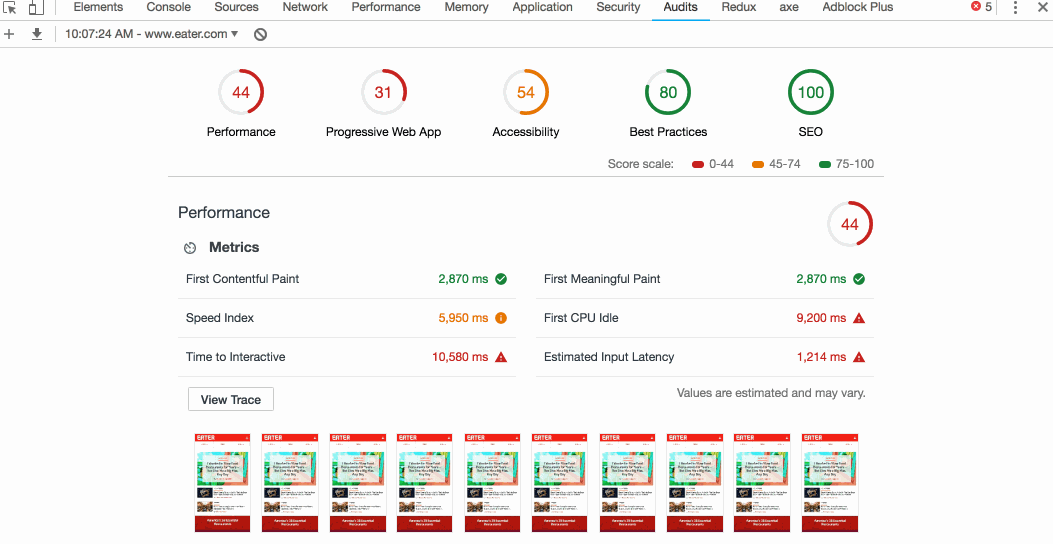
axe Browser Extension

Tota11y bookmarklet
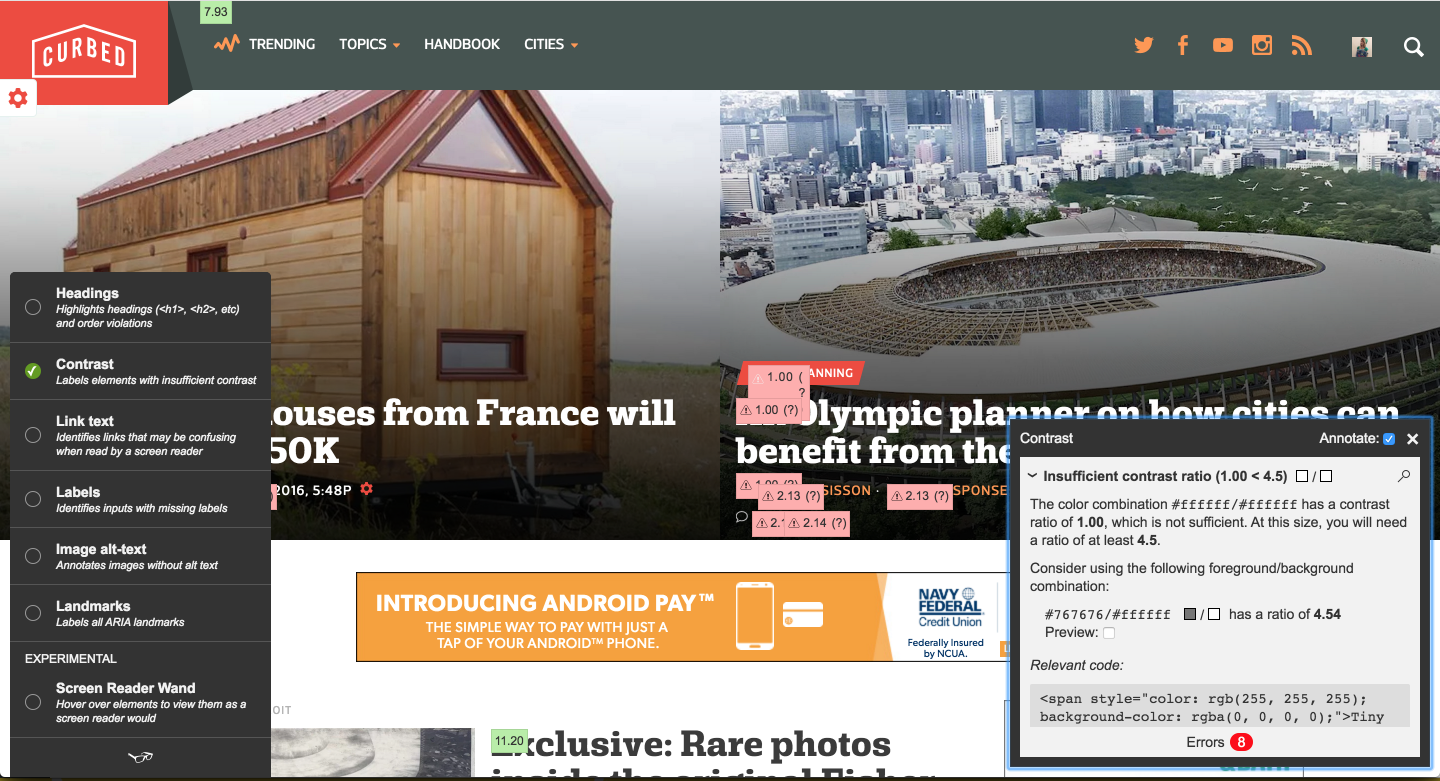
Colour Contrast Analyser

Tools & Resources:
Accessibility is everyone’s responsibility
- Don’t hesitate to push back on inaccessible designs
- Semantic HTML goes a long way
Questions?
Thank you!
#techrebalanced
